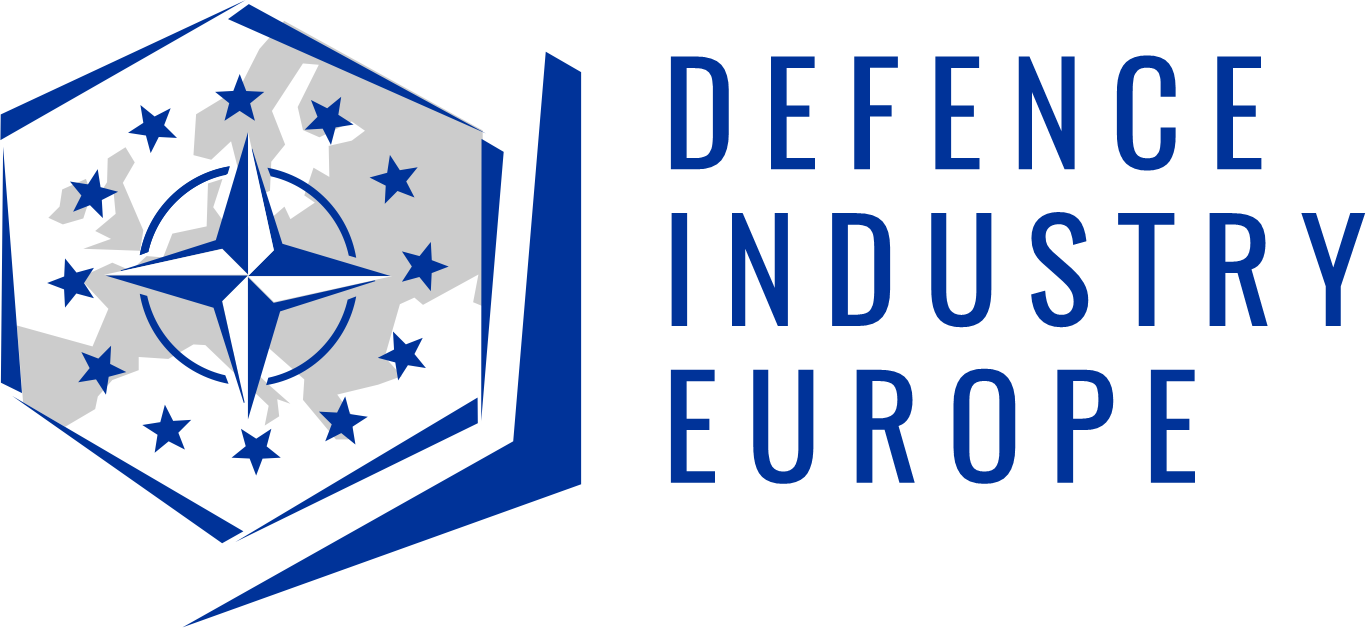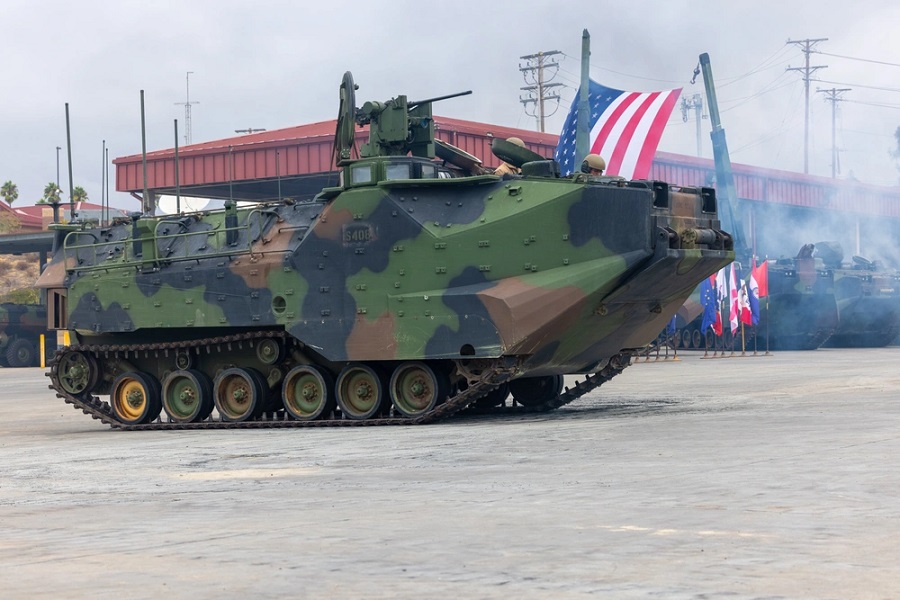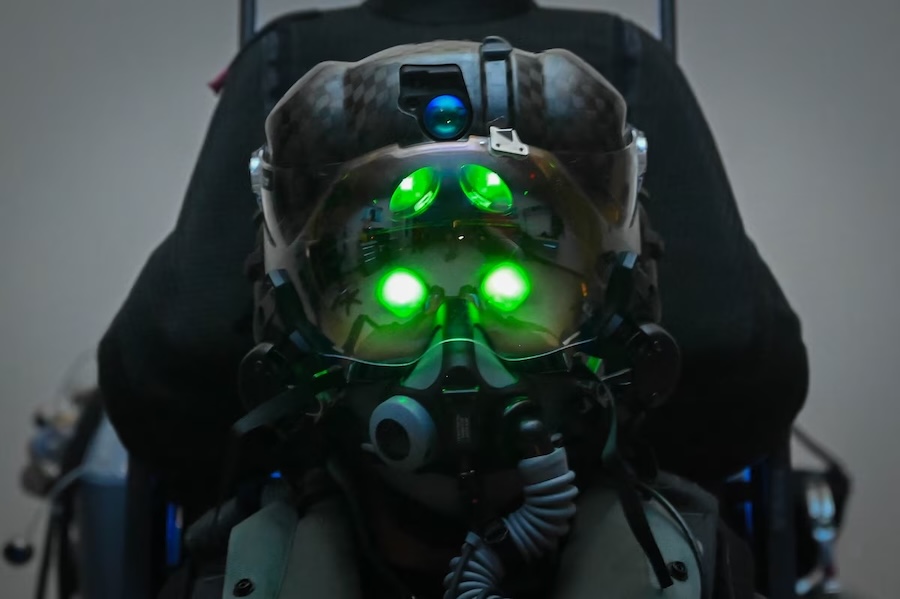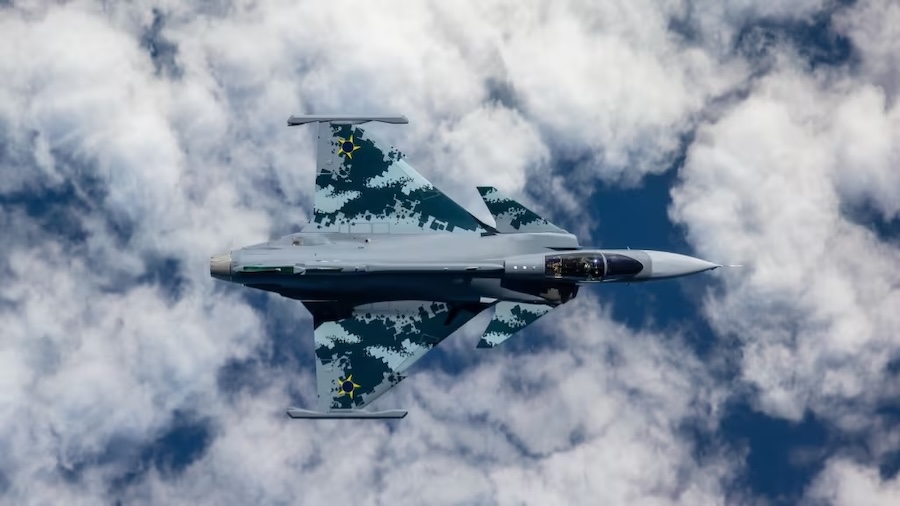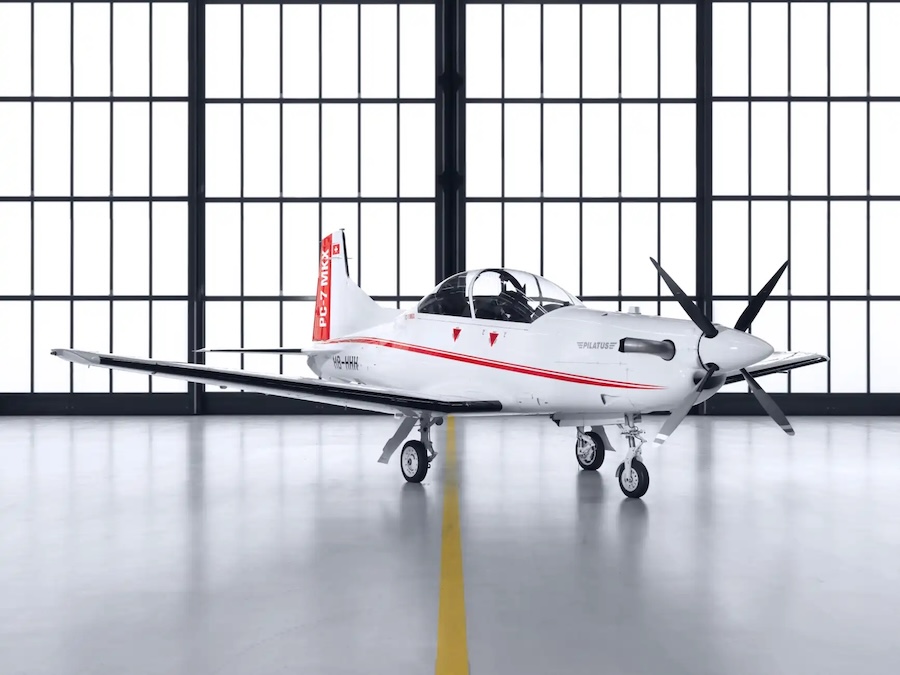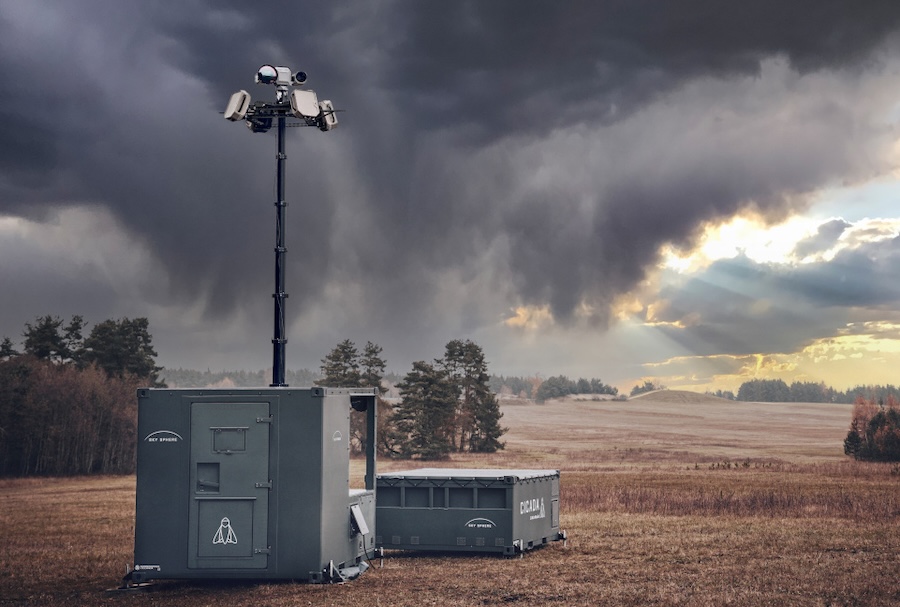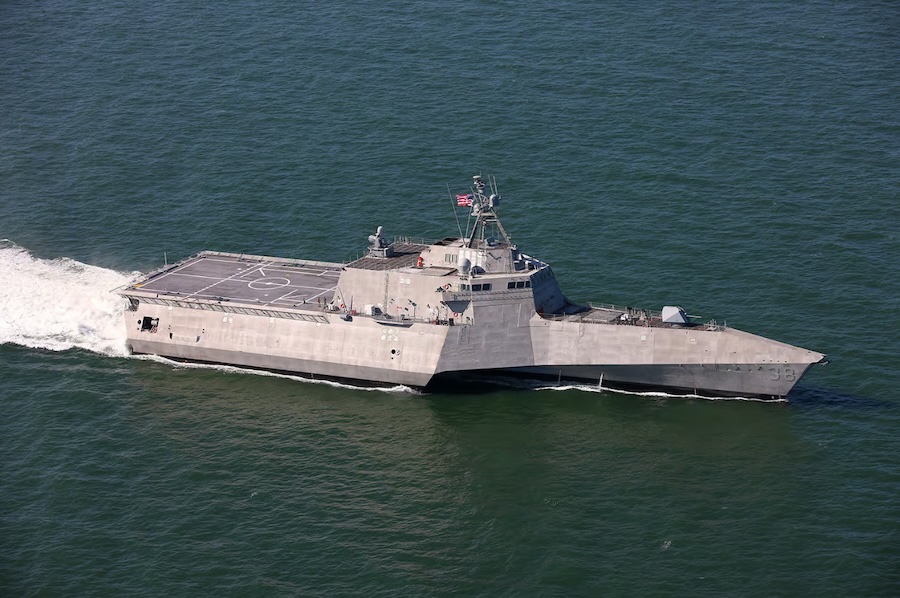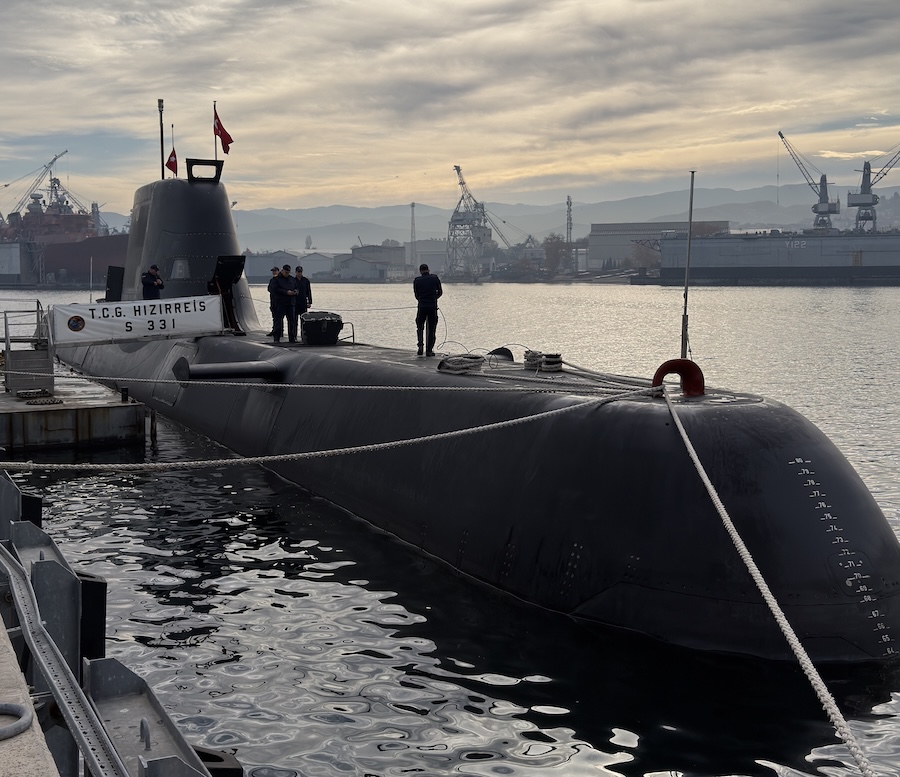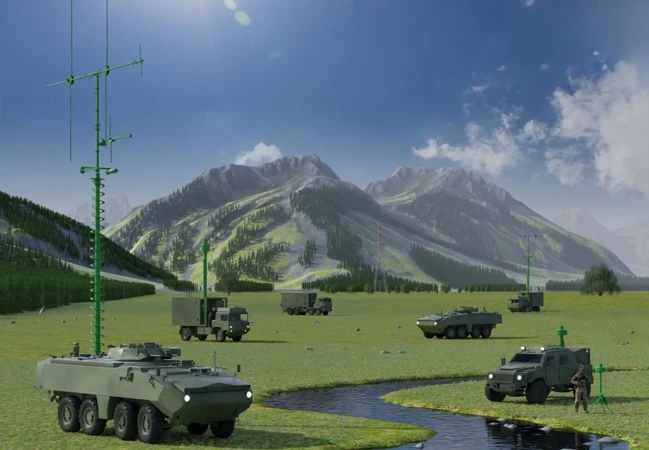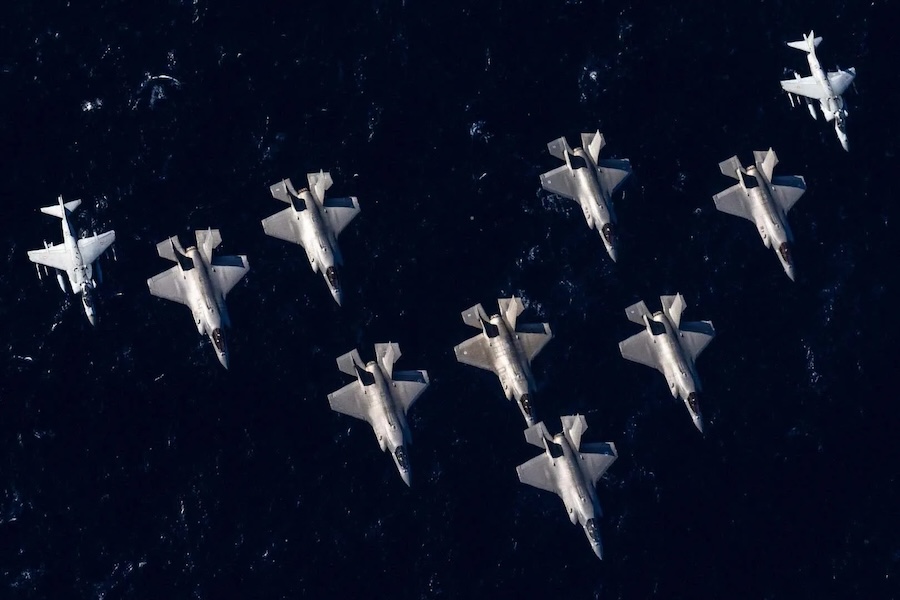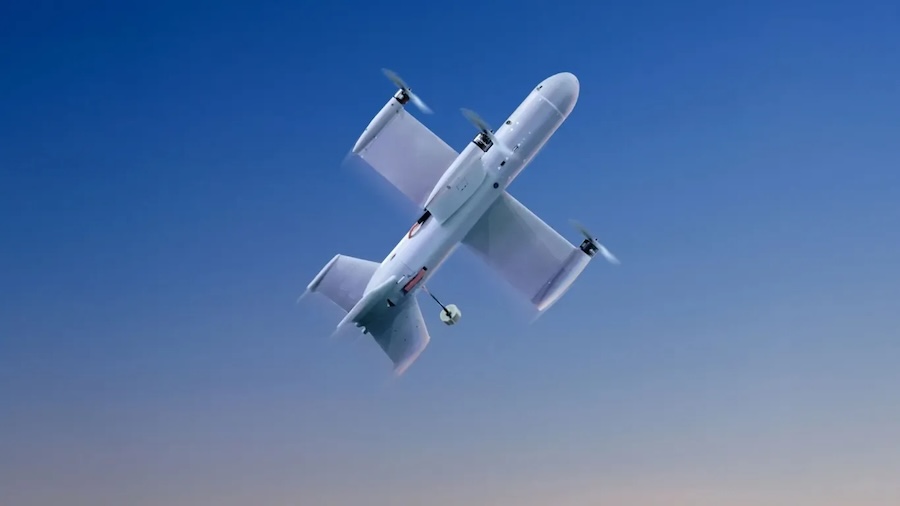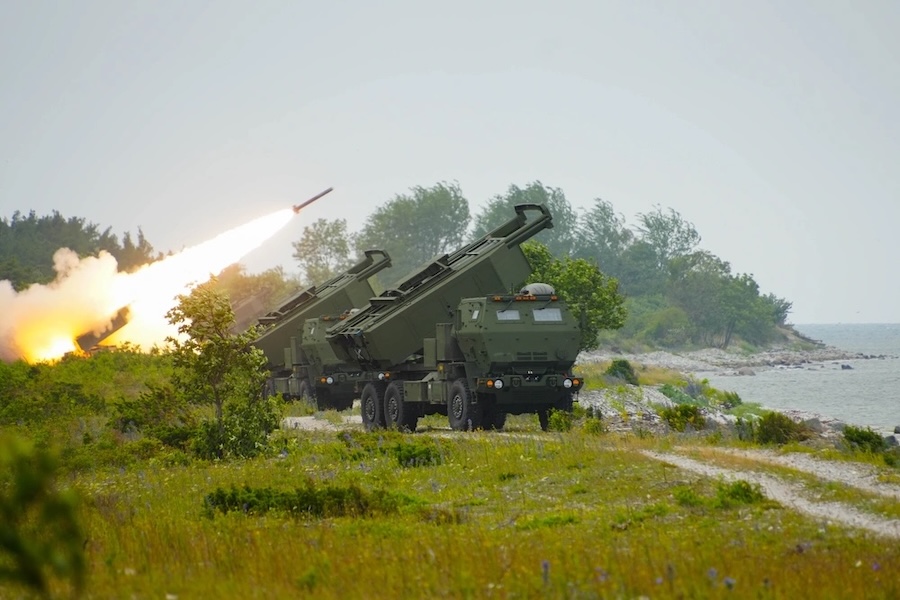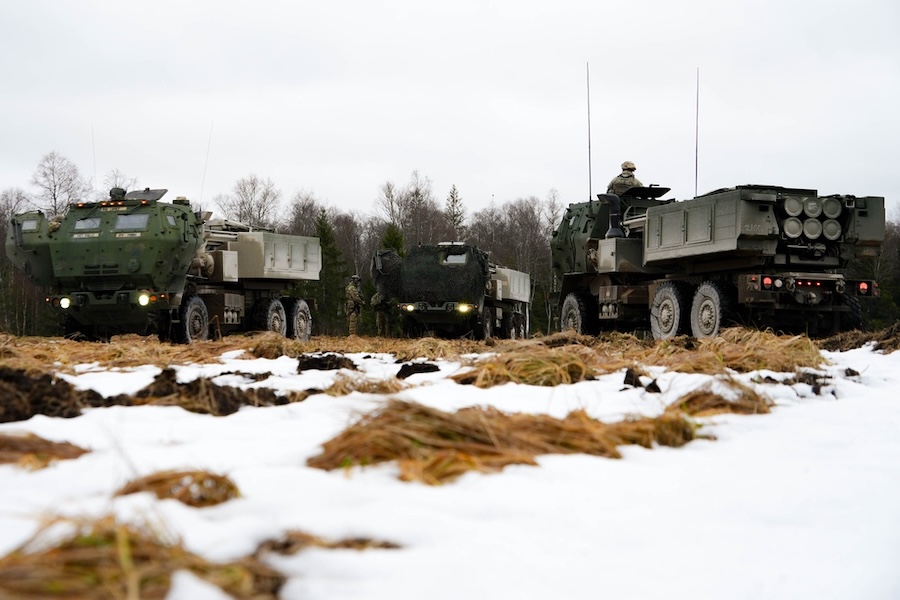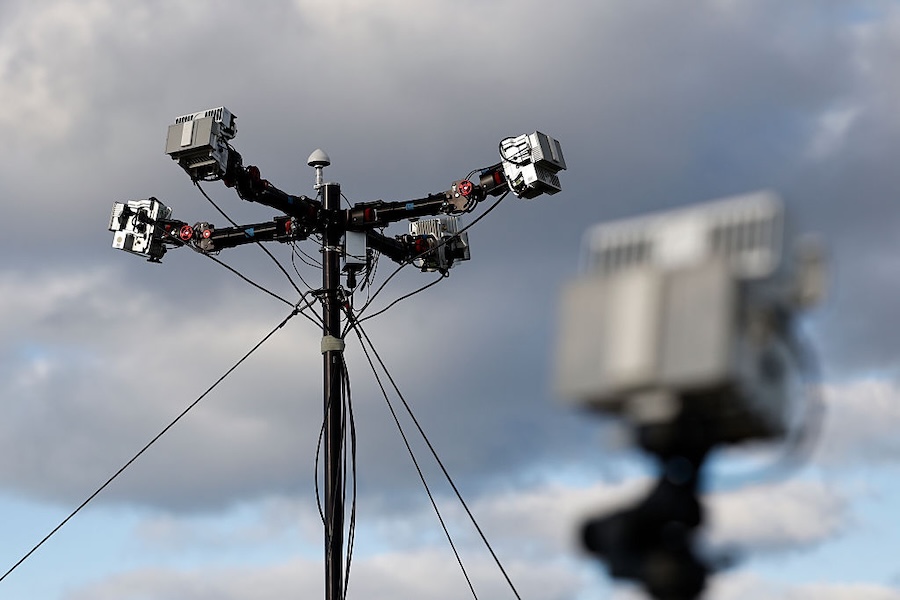The event also marked the transition to the Amphibious Combat Vehicle (ACV), the Corps’ next-generation platform for amphibious operations. Col. Lynn W. Berendsen, commanding officer of the Assault Amphibian School, paid tribute to those who maintained and operated the AAV throughout its history.
Originally introduced in 1972 as the Landing Vehicle, Tracked, Personnel-7, the AAV featured water-jet propulsion and a stern ramp to speed ship-to-shore movement. It replaced the earlier Landing Vehicle, Tracked, which first entered combat in 1942 during the Solomon Islands Campaign.
“The AAV-P7 has been many things, a ship to shore connector, an armored fighting vehicle, a troop carrier, a logistics platform and even sometimes a live boat,” said Berendsen. “Most importantly it was in a place where Marines made their mark in combat in service and in sacrifice.”
Upgraded during the 1980s and redesignated as the AAV-7A1, the vehicle received new engines, transmissions, weapon stations and further enhancements over the years. It served in combat and humanitarian missions from Grenada and Somalia to the Persian Gulf and Iraq.
“The AAV gave Marines both mobility and armored protection allowing them to close with the enemy and seize objectives at speed,” said Berendsen. “In the desert, just as in the Pacific beaches decades earlier, showed it was more than a connector, it was a fighting vehicle at the heart of the Marine Air Ground Task Force.”
The ACV, which succeeds the AAV, is an eight-wheeled armoured personnel carrier designed for expeditionary operations with multiple variants for different roles. Its introduction supports the Marine Corps’ Force Design initiative aimed at building a faster, more resilient and modern amphibious force.
The ceremony concluded with a final pass of three AAVs across the parade deck, symbolising the end of an era and the Corps’ ongoing evolution toward modern amphibious warfare capabilities.



